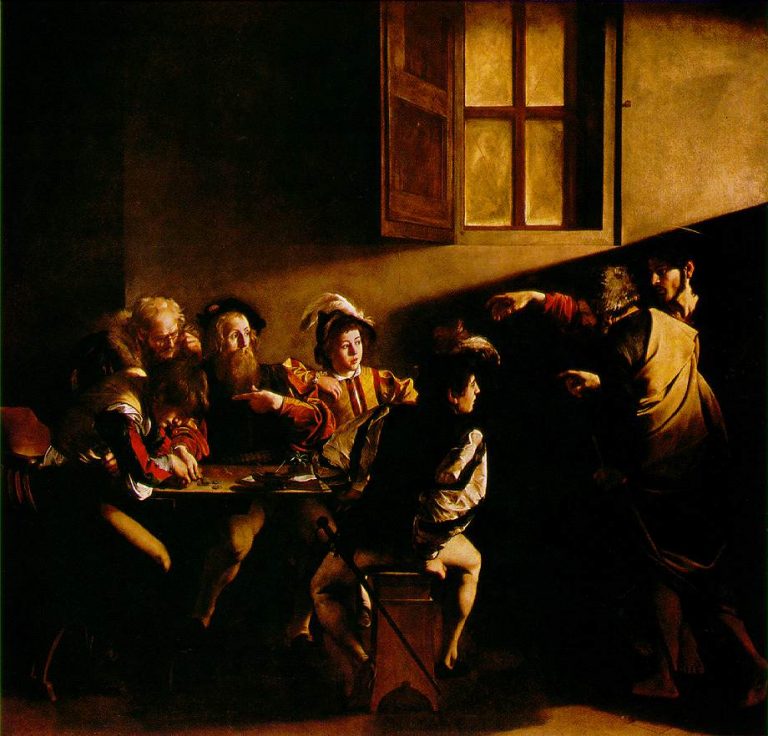1600 - XVIIIth century
Baroque painting

description
The Italian word barocco (bizarre, strange) comes presumably from the Portuguese barroco – a pearl of irregular shape, or from the Latin baroco – a mnemonic designation for one of the modes of syllogism.
At first, the term was offensive in nature, implying absurdity or nonsense. It was only in 1888 that it began to be used as a designation for a stylistic trend.
Baroque is an art movement of the late sixteenth – mid-eighteenth century in the architecture and visual arts of Europe and Latin America. Baroque reflected the aesthetics of the dramatic relationship between man and the world. The style originated in Italy (in Rome, Mantua, Venice, Florence). Closely related to mannerism, rococo and classicism. The baroque borrows excessive emotionality and dynamism from mannerism. In every country, it is fueled by local traditions and trends.
Main genres: allegory, mythological, religious, portrait.
“Interior” painting is in demand, artists paint portraits of nobles and rulers with ancient gods who decorate houses. Still lifes, symbolizing the gifts of nature, also decorate the interiors. The artists studied the anatomy of domestic and wild animals. They depicted animals in human life, biblical scenes with their participation, fantastic battles between people and animals. Some of the paintings are complex compositions with tremendous energy and dynamic images of large, heavy, excited figures. Baroque art is filled with contrasting dramatic scales of palette and chiaroscuro. The paintings of many masters have dark colors (Caravaggio). Despite the use of mythological and religious genres, the painters achieved a high artistic and emotional realism of images.
Key ideas:
– Baroque painting is an artistic imitation of human greatness against the background of the material world, in particular, the glorification of the power of the nobility and the church. The main features are idleness, pomp, splendor, pathos, dynamism, asymmetry.
– Baroque painting is emotions and passion, battles and serenity, exaltation and pride in state successes (Russian baroque), mythology and progressive ideas about the complexity of the universe.
– Unification in a single image of distant and opposite concepts, for example: rationality and irrationality, the instantaneous volatility of the world and the desire for eternal harmony in it, images of a “pot-bellied” secular life and contact with God.
Key artists: Diego Velazquez, Caravaggio, Rembrandt, Anthony van Dyck, Jan Vermeer, Ivan Nikitin, Peter Paul Rubens, Frans Snyders and others.
Key works:
John the Baptist. 1602. Caravaggio.
St. Catherine. 1610 – 1615. Guido Reni.
St. Augustine. 1639. Peter Paul Rubens.
